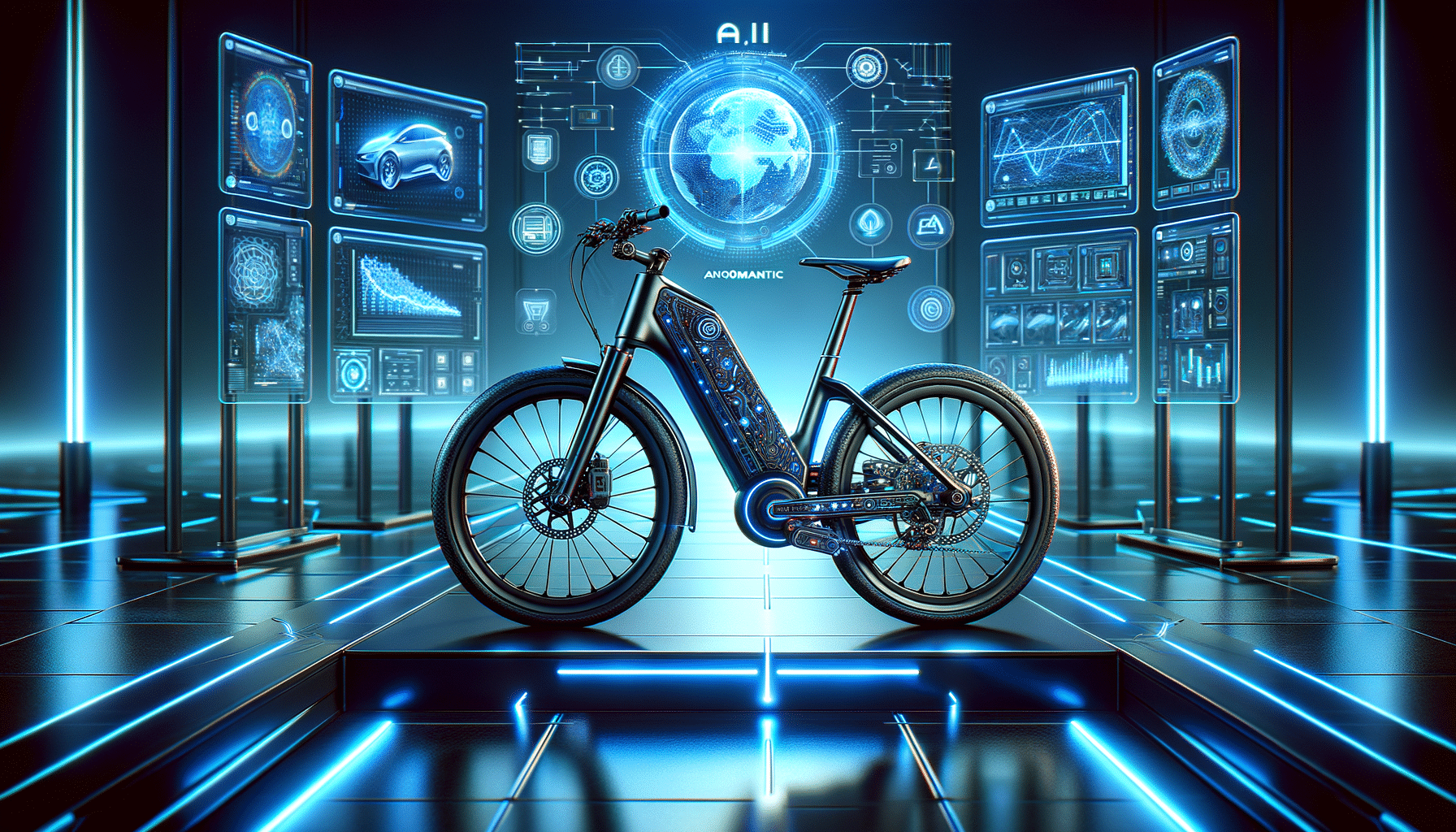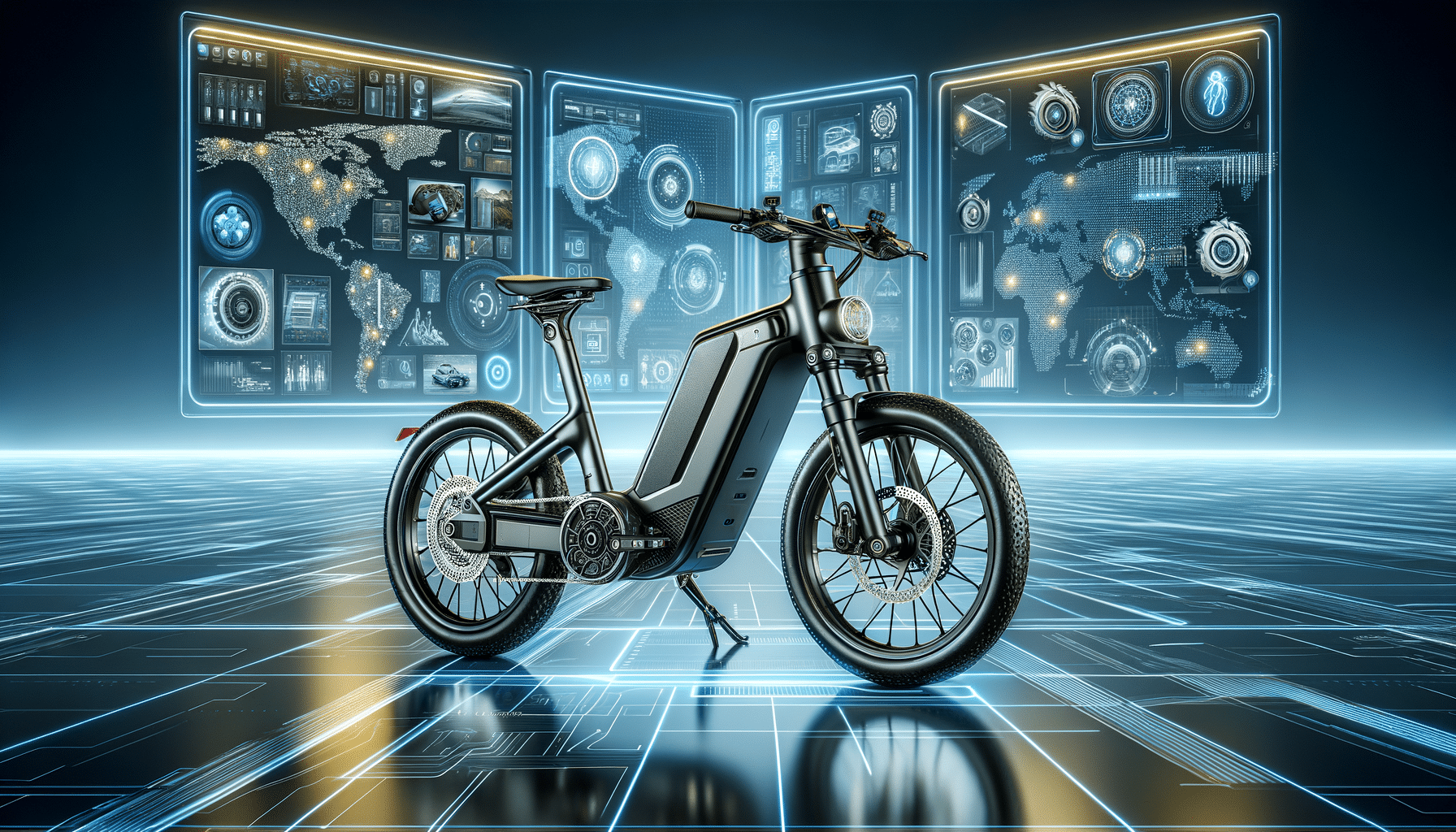
ai driven e-bikes intelligent systems and autonomous riding
Introduction to AI E-Bike Technologies
In recent years, the integration of artificial intelligence (AI) into e-bike technologies has revolutionized the way we perceive and interact with bicycles. AI-driven e-bikes are not just a mode of transportation; they represent a leap towards smarter, more efficient, and highly personalized riding experiences. These intelligent systems are designed to enhance safety, performance, and convenience, making them an attractive option for urban commuters and cycling enthusiasts alike. As cities become increasingly congested and environmental concerns grow, AI e-bike technologies offer a sustainable and innovative solution to modern transportation challenges.
AI-Driven Autonomous Riding
One of the most exciting developments in e-bike technology is the advent of AI-driven autonomous riding. This innovation enables e-bikes to operate with minimal human intervention, utilizing sophisticated algorithms and sensors to navigate through traffic and adapt to changing road conditions. Autonomous riding systems are designed to ensure safety and efficiency, employing features such as obstacle detection, route optimization, and speed regulation.
The benefits of autonomous riding are manifold. For instance, it can significantly reduce the risk of accidents by anticipating and responding to potential hazards more quickly than a human rider. Additionally, AI-driven systems can optimize energy consumption, ensuring that the e-bike operates at peak efficiency. This not only extends the battery life but also reduces the overall environmental impact.
While fully autonomous e-bikes are still in the developmental stage, current models offer various levels of automation, such as adaptive cruise control and lane-keeping assistance. These features represent a step towards a future where e-bikes can seamlessly integrate into smart city infrastructures, contributing to safer and more efficient urban mobility.
Intelligent E-Bike Systems
Intelligent e-bike systems are at the forefront of enhancing the rider experience through personalized and data-driven insights. These systems leverage AI to analyze data from various sensors, providing real-time feedback and recommendations to the rider. For example, intelligent systems can monitor a rider’s heart rate and suggest optimal speed and resistance settings to maximize workout efficiency.
Moreover, intelligent e-bike systems can predict maintenance needs by analyzing wear and tear on components, alerting riders to potential issues before they become significant problems. This predictive maintenance capability not only extends the lifespan of the e-bike but also ensures a safer and more reliable ride.
Another noteworthy feature is the integration of smart connectivity, allowing riders to sync their e-bikes with mobile apps. This connectivity enables features such as GPS tracking, ride history analysis, and social sharing, further enriching the cycling experience. As technology continues to evolve, intelligent e-bike systems are poised to become even more sophisticated, offering new levels of customization and convenience for users.
Challenges and Considerations
Despite the promising advancements in AI-driven e-bike technologies, several challenges and considerations must be addressed. One primary concern is the cost of these advanced systems, which can be prohibitive for some consumers. As with any emerging technology, the initial investment can be high, although prices are expected to decrease as the technology becomes more widespread.
Another consideration is the regulatory landscape surrounding autonomous vehicles, including e-bikes. As these technologies advance, governments and regulatory bodies will need to establish clear guidelines and standards to ensure safety and compliance. This includes addressing issues such as liability in the event of accidents and ensuring that autonomous systems adhere to traffic laws.
Finally, there is the question of data privacy. Intelligent e-bike systems rely on data collection and analysis, raising concerns about how this data is used and protected. Manufacturers must implement robust data security measures and provide transparency regarding data usage to build trust with consumers.
Conclusion: The Future of AI E-Bikes
The integration of AI into e-bike technologies heralds a new era of cycling, offering a blend of efficiency, safety, and personalization. As these technologies continue to evolve, they hold the promise of transforming urban mobility, making it more sustainable and accessible. While challenges remain, the potential benefits of AI-driven e-bikes are substantial, paving the way for a smarter and more connected future.
For those considering an AI e-bike, the journey promises to be an exciting one, filled with opportunities to explore new horizons and redefine the cycling experience. As we look to the future, AI-driven e-bikes stand as a testament to human ingenuity and the endless possibilities of technological innovation.


